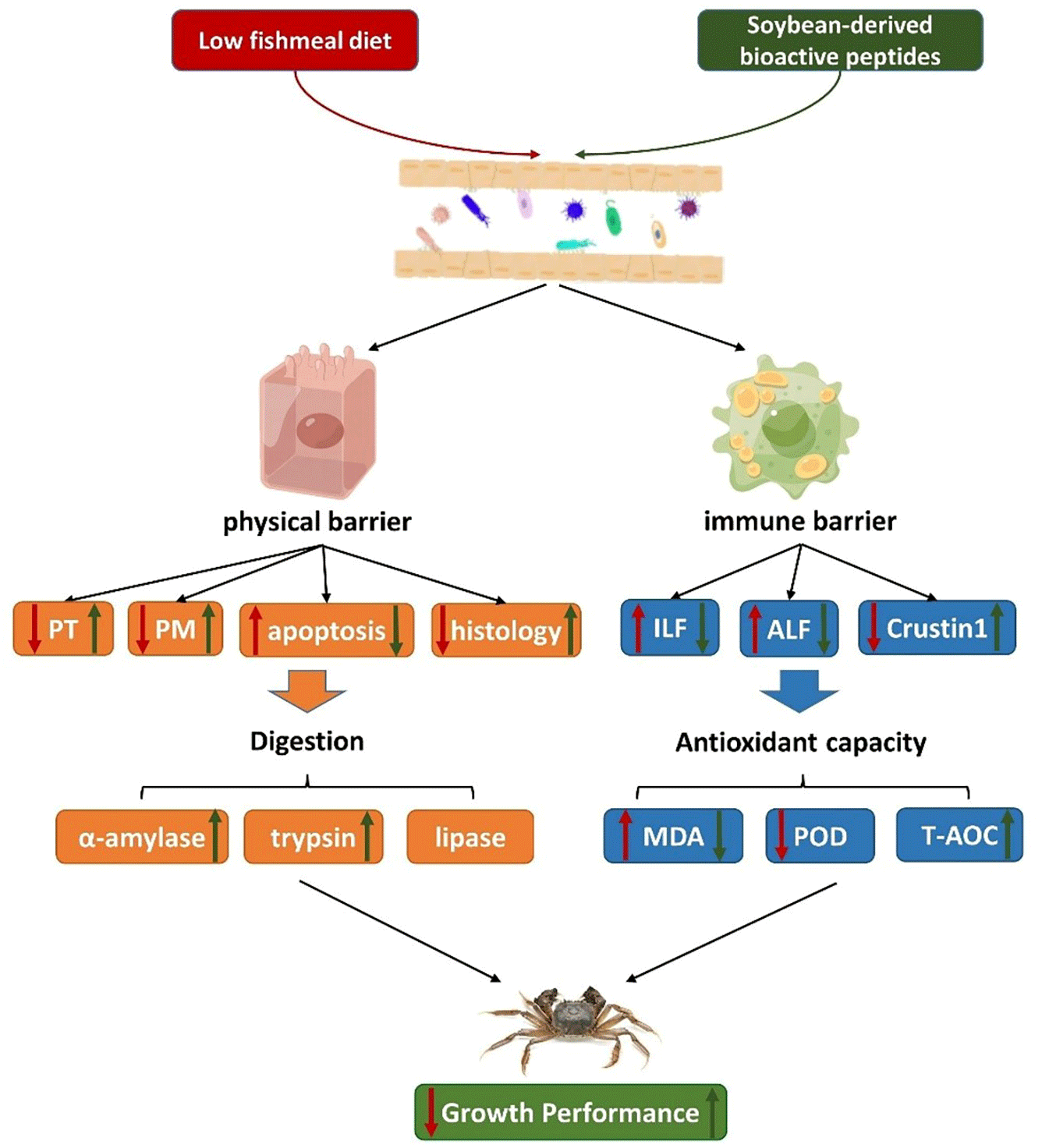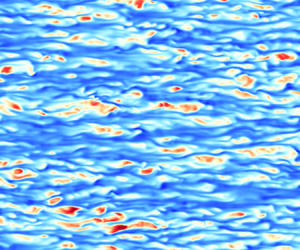Refine listing
Actions for selected content:
1419408 results in Open Access
Prescribing nearly constant curvatures on balls
- Part of
-
- Journal:
- Proceedings of the Royal Society of Edinburgh. Section A: Mathematics / Volume 155 / Issue 3 / June 2025
- Published online by Cambridge University Press:
- 27 October 2023, pp. 756-791
- Print publication:
- June 2025
-
- Article
- Export citation
Sumud pedagogy as linguistic citizenship: Palestinian youth in Israel against imposed subjectivities
-
- Journal:
- Language in Society / Volume 54 / Issue 1 / February 2025
- Published online by Cambridge University Press:
- 27 October 2023, pp. 5-27
- Print publication:
- February 2025
-
- Article
-
- You have access
- Open access
- HTML
- Export citation
Do Underwriters Short-Change Corporations Issuing Bonds?
-
- Journal:
- Journal of Financial and Quantitative Analysis / Volume 59 / Issue 1 / February 2024
- Published online by Cambridge University Press:
- 27 October 2023, pp. 369-394
- Print publication:
- February 2024
-
- Article
- Export citation
(In)Gratitude, US Ascendancy and Transatlantic Relations after the First World War
- Part of
-
- Journal:
- Contemporary European History / Volume 34 / Issue 2 / May 2025
- Published online by Cambridge University Press:
- 27 October 2023, pp. 213-231
- Print publication:
- May 2025
-
- Article
-
- You have access
- Open access
- HTML
- Export citation
A planar BPF for UWB communication systems with single/multiple interference rejection bands
-
- Journal:
- International Journal of Microwave and Wireless Technologies / Volume 16 / Issue 1 / February 2024
- Published online by Cambridge University Press:
- 27 October 2023, pp. 55-62
-
- Article
- Export citation
Prime representations in the Hernandez–Leclerc category: classical decompositions
- Part of
-
- Journal:
- Canadian Journal of Mathematics / Volume 76 / Issue 6 / December 2024
- Published online by Cambridge University Press:
- 27 October 2023, pp. 1987-2018
- Print publication:
- December 2024
-
- Article
- Export citation
On a time-changed variant of the generalized counting process
- Part of
-
- Journal:
- Journal of Applied Probability / Volume 61 / Issue 2 / June 2024
- Published online by Cambridge University Press:
- 27 October 2023, pp. 716-738
- Print publication:
- June 2024
-
- Article
- Export citation
The Transportation Revolution and the English Coal Industry, 1695–1842: A Geographical Approach
-
- Journal:
- The Journal of Economic History / Volume 83 / Issue 4 / December 2023
- Published online by Cambridge University Press:
- 27 October 2023, pp. 1175-1220
- Print publication:
- December 2023
-
- Article
-
- You have access
- Open access
- HTML
- Export citation
Anglo-India and the End of Empire By Uther Charlton-Stevens. London: Hurst (dist. Oxford University Press), 2022. 370 pages. Hardback, £25.00 GBP, ISBN: 9781787383128. Ebook, ISBN: 9780197683576.
-
- Journal:
- International Journal of Asian Studies / Volume 21 / Issue 1 / January 2024
- Published online by Cambridge University Press:
- 27 October 2023, pp. 178-182
-
- Article
- Export citation
Promotion of improved intestinal barrier health by soybean-derived bioactive peptides in Chinese mitten crab (Eriocheir sinensis) fed a low fishmeal diet
-
- Journal:
- British Journal of Nutrition / Volume 131 / Issue 6 / 28 March 2024
- Published online by Cambridge University Press:
- 27 October 2023, pp. 974-986
- Print publication:
- 28 March 2024
-
- Article
-
- You have access
- HTML
- Export citation
The prehistory of Jebel Moya, Sudan: results from the first three seasons of excavations – CORRIGENDUM
-
- Journal:
- Libyan Studies / Volume 54 / November 2023
- Published online by Cambridge University Press:
- 27 October 2023, p. 201
- Print publication:
- November 2023
-
- Article
-
- You have access
- Open access
- HTML
- Export citation
Autocorrelations of characteristic polynomials for the Alternative Circular Unitary Ensemble
- Part of
-
- Journal:
- Glasgow Mathematical Journal / Volume 66 / Issue 1 / January 2024
- Published online by Cambridge University Press:
- 27 October 2023, pp. 51-64
- Print publication:
- January 2024
-
- Article
-
- You have access
- Open access
- HTML
- Export citation
The Frobenius semiradical, generic stabilizers, and Poisson center for nilradicals
- Part of
-
- Journal:
- Canadian Journal of Mathematics / Volume 76 / Issue 6 / December 2024
- Published online by Cambridge University Press:
- 27 October 2023, pp. 2019-2048
- Print publication:
- December 2024
-
- Article
- Export citation
Time-resolved concentrations of serum amino acids, one-carbon metabolites and B-vitamin biomarkers during the postprandial and fasting state: the Postprandial Metabolism in Healthy Young Adults (PoMet) Study
-
- Journal:
- British Journal of Nutrition / Volume 131 / Issue 5 / 14 March 2024
- Published online by Cambridge University Press:
- 27 October 2023, pp. 786-800
- Print publication:
- 14 March 2024
-
- Article
-
- You have access
- Open access
- HTML
- Export citation
Intellectual Property and Development: Geographical Indications in Practice by Barbara PICK. Abingdon, Oxfordshire: Routledge, 2022. xxiv + 240 pp. Hardcover: AUD$242.00/£115.00; eBook: AUD$70.99 doi: 10.4324/9781003352105
-
- Journal:
- Asian Journal of International Law / Volume 14 / Issue 1 / January 2024
- Published online by Cambridge University Press:
- 27 October 2023, pp. 223-224
- Print publication:
- January 2024
-
- Article
- Export citation
The Efficiency of Occupational Licensing during the Gilded and Progressive Eras: Evidence from Judicial Review
-
- Journal:
- The Journal of Economic History / Volume 83 / Issue 4 / December 2023
- Published online by Cambridge University Press:
- 27 October 2023, pp. 1221-1252
- Print publication:
- December 2023
-
- Article
-
- You have access
- Open access
- HTML
- Export citation
A narrative inquiry into how oldest-old care-givers of people with dementia manage age-related care-giving challenges
-
- Journal:
- Ageing & Society / Volume 45 / Issue 4 / April 2025
- Published online by Cambridge University Press:
- 27 October 2023, pp. 656-685
- Print publication:
- April 2025
-
- Article
-
- You have access
- Open access
- HTML
- Export citation
Assessment of heat transfer and Mach number effects on high-speed turbulent boundary layers
-
- Journal:
- Journal of Fluid Mechanics / Volume 974 / 10 November 2023
- Published online by Cambridge University Press:
- 27 October 2023, A10
-
- Article
-
- You have access
- Open access
- HTML
- Export citation
Clinical impacts of n-3 fatty acids supplementation on depression symptoms: an umbrella review of meta-analyses
-
- Journal:
- British Journal of Nutrition / Volume 131 / Issue 5 / 14 March 2024
- Published online by Cambridge University Press:
- 27 October 2023, pp. 841-850
- Print publication:
- 14 March 2024
-
- Article
-
- You have access
- HTML
- Export citation
The Next American Edition of the Book of Common Prayer
-
- Journal:
- Journal of Anglican Studies / Volume 23 / Issue 1 / May 2025
- Published online by Cambridge University Press:
- 27 October 2023, pp. 154-174
-
- Article
- Export citation









 of the symmetric algebra
of the symmetric algebra  ,
,  as
as  -module, and
-module, and 



